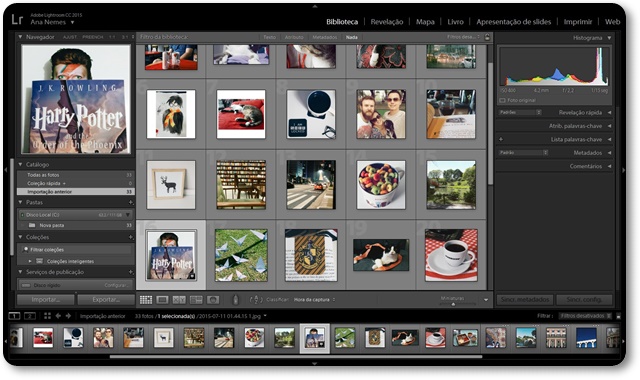

Throughout the review there will be parallels to Photoshop and this is the first sign that Lightroom plays a much different role. In Photoshop you can create images on blank canvases. Lightroom takes a photo-first approach, 'give us your raw images and let’s get to work.' You can select from a connected device (camera, memory card, phone), browse from your PC, or sync from Lightroom on Android or iOS.įirst impression is that Lightroom desperately needs a hands-on tutorial. #Adobe lightroom 6 free download full version for windows android It’s unclear as to what exactly Lightroom can do. Tutorials do exist but they’re buried under the Help button which links to a set of videos but nothing in the application itself. It begs you to have a dual monitor setup to follow along. Imagine a video game tutorial that happens outside of the game. Let’s look at the UI and go over the two high level tools: Organizing and Editing. The organization tools live on the left-hand side of the screen and on the bar above your photo, taking up the most real estate of any other toolset. There are three options on the left: Add Photos, My Library, and Sharing. Add Photos lets you add a photo to your workspace. My Library gives you filters to select certain albums, recent photos, etc. Sharing lets you upload photos to your Adobe Portfolio. The real power of organization is delivered by way of star ratings and tagging. Star ratings work like a review system of 1-5 stars per photo. Tagging options include type, keyword, camera, location, people, and contributors. In that sense, you can create traditional albums but then cross-reference select photos by their stars and tags, which adds to the notion that Lightroom excels for people who have big libraries. The editing tools populate the right-hand side of the screen. Edit lets you apply differing levels of light, color, effects, details, optics, and geometry. Crop is simple and lets you crop, rotate, or flip an image.

The healing brush is more advanced and allows you to blend imperfections into the surrounding image.


 0 kommentar(er)
0 kommentar(er)
